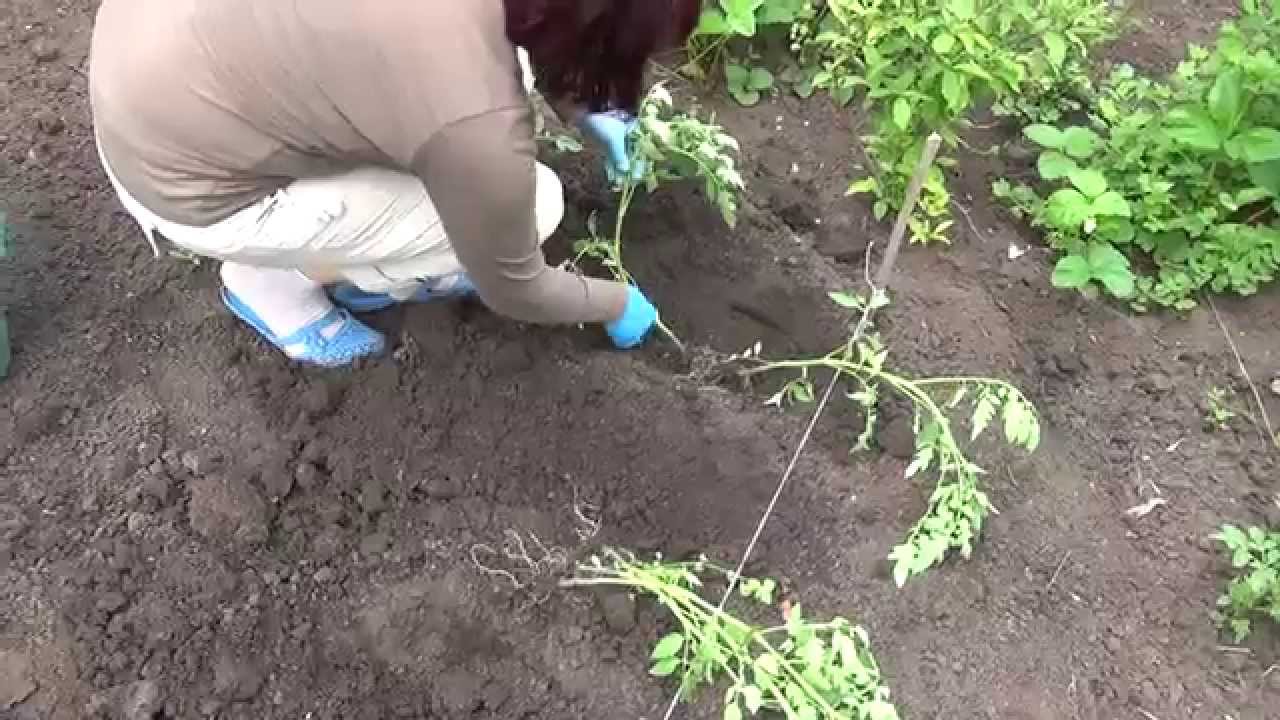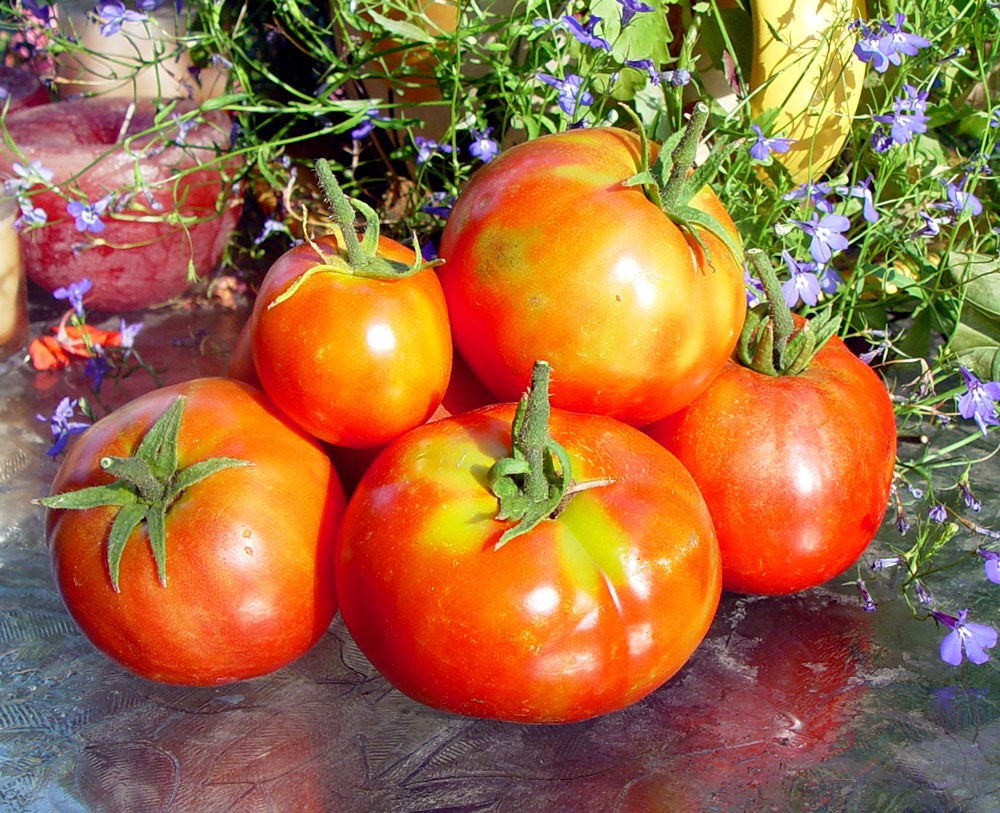Content:
To determine when it is time to dig up the daffodil bulbs, it is important to understand why this process is necessary. Not all flowers that have bulbs need to be dug out at the same time. In the case of narcissus, the plant dormancy does not occur completely. Even after the bulb is removed from the soil, already without greenery, it will continue to breathe and lose moisture. Therefore, there is little time for a culture transplant - only one or two months.
Depending on the variety, daffodils can grow 2-4 bulbs in one season, due to which they reproduce. The required ground temperature for planting flower buds is + 16-18 ° C, but a lot of free space is also needed for the roots to receive enough nutrients. If you plant the bulbs too closely, then they are crushed and every year they will be less pleasing with flowering. Therefore, digging up a culture with subsequent planting allows not only to propagate the plant, but also to preserve the ability to form a flower.
Daffodils: when to dig up bulbs and plant
Many novice gardeners repeatedly have a question as to when to dig up daffodils for transplanting. Before starting the whole process, the plant must first bloom. The bulb needs to draw out all the nutrients from the stem and leaves. However, do not wait until the greenery has completely disappeared and it becomes impossible to find the location of the daffodil.
Additional difficulties in determining the date of excavation are caused by the fact that daffodils can have different flowering periods (early, middle and late), which largely depends on weather conditions. In addition, the growing season may differ by 1–1.5 months. When it is time to dig the bulbs, it becomes clear from the leaves. It is enough that they are completely yellowed - this is the most important sign, to which the rest should be added:
- a flower bush begins to fall apart in different directions;
- the tips of the leaves dry out rapidly.
To prevent the flower garden from looking unkempt or neglected, it is better to weave the yellowed leaves into a braid (but do not tighten it too much).
Digging and replanting all the daffodils is not necessary every year. Particularly capricious and sensitive varieties, due to constant anxiety, weaken and lose the ability to bloom for several years. On average, transplants are performed every 4 years.
With the onset of the yellowing of the leaves, that is, when it is already possible to dig up the daffodils, you should proceed to removing the bulbs from the soil as carefully as possible so as not to damage them. Most often, gardeners recommend not using shovels for this, with which the risk of causing harm is greatest. Small garden forks, or alternatively a pitchfork, are great. The bulb is pulled out directly along with the earth clod. Immediately cut off only the upper foliage and slightly shake off the ground, but until the bulbs are separated from each other and the strongly adhering soil is scraped off.
The bulbs need to settle down for some time: you need to arrange them in a box or on a pallet in a cool dry place that will be shaded. In no case should there be dampness next to the harvested planting material, otherwise the bulbs will begin to rot. If precipitation is expected, then it should not wet the excavated material, so you should think about shelter from the rain or bring everything into the shed.
You can divide them from each other when the shell dries slightly and will not peel off from the slightest touch. As a rule, this can be done after a week of drying. At the same time, roots with soil residues are removed. Only after drying and after preliminary cleaning of the bulbs of the daffodil from all excess, growers proceed to the next step - preparation for storage until the moment of planting.
How to store daffodils before planting in the fall?
Until the time comes to plant the daffodils again in open ground, after digging up, certain measures must be taken to ensure the maximum safety of the material:
- Sorting is paramount in preparation for storing flower bulbs in summer. Sick and damaged daffodils are separated from healthy planting material. It is not necessary to feel sorry for the flower, since the diseased bulb that is not destroyed in time will be able to infect the rest, and as a result, all the plants will die at once.
- The next stage is the second sorting, but not by the nature of integrity and health, but by size. Few people know that bulbs of different sizes require different planting depths. If you plant them correctly, then the moment of germination will come at the same time, and no one will have a lack of nutrients. It is not necessary to sort small onions into small ones and large ones into large ones right away. Someone does it right before boarding, or does not do it at all. This criterion is not strict for storage, but it greatly helps to simplify the further planting of the daffodil.
- After the bulbs have been sorted, they are placed in a permanent storage container. Without fail, it must have access to air so that stagnation does not occur, and the material does not begin to hurt and die.
- At first, the temperature regime for storing daffodils must be maintained at approximately +24 ° C. After 3 weeks, the temperature is lowered to + 19-20 ° C.
- During the entire storage period, flowers should be examined from time to time for the appearance of pests or diseases. Onion flies are very often waiting for their moment - big lovers of flower bulbs. But insecticide treatment may not be necessary in many ways, since even a simple rinsing with warm water (45 ° C) will help. It is enough just to dip the planting material in such water for 2 hours, and the flies at any stage of their development will die. If various diseases are detected, it is better to immediately eliminate the diseased bulb.
When is the time to land in the ground?
The best time to plant daffodil bulbs in the ground is late summer or early fall. In August and September, the ground is still warm enough for the plant to feel comfortable in the soil and have time to take root before winter begins. It will not be superfluous to conduct another inspection of the planting material for the appearance of rot or disease before planting.
After it was possible to determine the place for the subsequent cultivation of flowers and make sure that the bulbs are in good condition, they prepare the ground in which they will then be placed. An excellent option would be to add compost or humus to it.
The depth to which you want to plant the bulb varies depending on the size of the bulb. The most important thing is that it should be approximately equal to three onion diameters. If the soil is too heavy, then it is placed at a shallower depth, but if the soil is light, then a little more. A good option would be to pre-fill the hole or groove with water, and then place the narcissus bulbs in this liquid soil gruel.The moistened soil is sprinkled on top with dry earth. This method does not require the grower to water the plant after planting. Since heavy rains begin in the autumn period, there will be enough moisture without watering.
Regarding the distance at which the bulbs should be placed, we can say that the flowers will feel comfortable and spacious at an interval of 10 to 20 cm from each other. If you make it larger, then the bush will begin to grow (this is good for those who breed a certain variety).
After the end of all the procedures for planting daffodils, the place where they were placed is covered with a layer of 10-15 cm of dry leaves, grass or humus, to maintain heat and better wintering.
Growing this culture is a completely feasible and simple activity that everyone can do, you just need to know in advance what the rules of care are, when to dig up and plant daffodils in time, and what pests attack these flowers most often.














